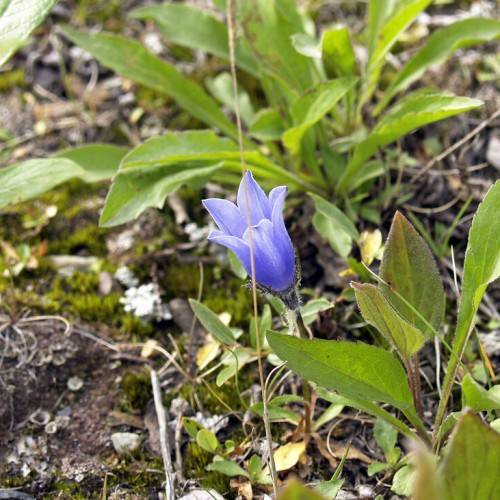
Common Alaska Harebell
Campanula lasiocarpa
Also Known As - Mountain HarebellWatering:
Frequent
Hardiness Zone:
Sun:
full sun,part shade
Leaf:
Yes
Growth Rate:
High
Salt Tolerant:
Yes
Care Level:
Medium
watering
The Campanula glomerata subsp. glomerata, commonly known as Campanule Agglomérée, should be watered once or twice a week depending on the weather. The soil should be checked to make sure it stays slightly moist throughout the growing season. During warmer weather, more frequent watering is necessary and during cooler weather, less frequent watering will suffice. Make sure not to over water since this species is susceptible to rust. Additionally, do not allow the soil to dry out completely between waterings as wilting can occur.
sunlight
Campanule Agglomérée (Campanula glomerata subsp. glomerata) plants enjoy full to partial sunlight for optimal growth. Partial sun should be 4 to 6 hours of direct sunlight throughout the day and full sun should be 6 or more hours of direct sunlight per day. The temporal flow of sunlight—when the amount of light the plant receives—should be steady throughout the day. For optimal growth, Campanule Agglomérée should receive sunlight during peak hours of the day which are usually between 10am and 4pm throughout the year.
pruning
Pruning for Campanule Agglomérée, (Campanula glomerata subsp. glomerata), should begin in early spring once new growth appears. Cut off any dead or damaged stems and tidy up the shape of the plant if necessary. Prune Campanule Agglomérée shoots and stems back by a third after flowering to keep the plant's shape compact and control propagation. In the fall, after frost has killed off the flowers, prune back any longer, leggy stems and clean up any damaged leaves.
